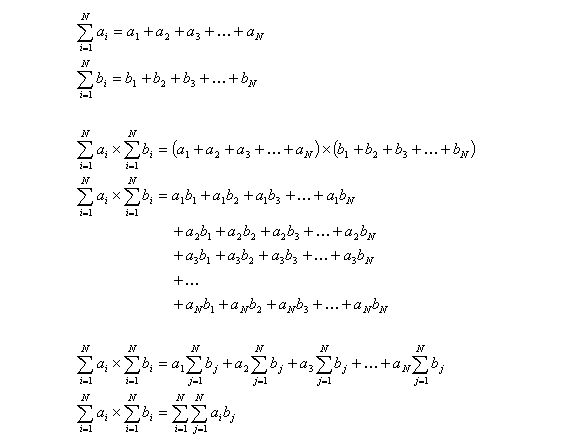A sample of cousins

Chan Jun Shern

Loong Joo Lee

Chan Jamin
All photographs captured using Super-Takumar 50mm/1.4
Labels: photography



Labels: photography
7 flights from Kuala Lumpur to Melbourne;
7 flights from Melbourne to Kuala Lumpur;
1 flight from Melbourne to Brisbane;
1 flight from Brisbane to Kuala Lumpur;
1 flight from Melbourne to Singapore;
1 flight from Kuala Lumpur to Beijing;
1 flight from Kuala Lumpur to Hong Kong;
1 flight from Hong Kong to Kuala Lumpur;
1 flight from Kuala Lumpur to Shanghai;
1 flight from Melbourne to Kuala Lumpur;
1 flight from Singapore to Melbourne;
2 flights from Beijing to KL;
2 flights from Shanghai to Tianjin;
1 flight from Tianjin to Shanghai;
Labels: personal
My intuition told me otherwise- black holes do not suck; their gravitational attraction is exactly the same as that of any other normal mass. And black holes evaporate, a phenomenon called Hawking Radiation. The mass-loss rate of a black hole is inversely proportional to the square of the black hole's mass.
The mass is lost in the form of radiation, and as the black hole becomes smaller the mass loss rate increases rapidly, eventually resulting in a burst of gamma rays.
So, the question is, will the presence of a small black hole threaten the existence of mankind?
A simple solution in which the presence of a small black hole will not threaten our existence is one in which the black hole evaporates faster than it can assimilate mass from its surroundings.
The black hole's mass is no different from any other mass in that it behaves the same way in a gravitational field. Thus, a black hole will fall towards the centre of the earth due to the mutual attraction between the black hole's mass and the earth's mass.
The black hole is also absurdly dense compared to the everyday substances on earth, so it's path towards the centre of the earth will not be significantly obstructed. This is similar to a case in which a dense cannon ball falling towards the earth is not obstructed by the surrounding air.
The mass loss rate of a black hole can be directly inferred from it's mass. As the black hole moves through matter (air, earth, water, rock, condom storage facility), mass in its path (plus a margin on its sides) will be swept into the event horizon and thus contribute to the black hole's mass gain.
A set of differential equations can be formulated to generally describe the black hole's path as it falls towards the earth's centre and the black hole's mass change.
The rate of change in mass is the sum of Hawking Radiation (mass loss, function of M^-2) and mass gain in the form of swept mass as the black hole falls (velocity of black hole relative to the earth * cross-section area of event horizon * density of surrounding matter).
The cross-section of the event horizon is proportion to the square of black hole mass.
The velocity of the black hole relative to the earth is a described by the dif ferential equation describing the attraction of the black hole towards the centre of the earth, and the addition of stationary mass to the black hole.
Labels: applied mathematics, personal, physics
Labels: personal
Labels: personal
Labels: personal
Labels: personal


Labels: applied mathematics, finance
Labels: China, observations








Labels: applied mathematics, mathematics
Labels: China, observations


Labels: finance, mathematics